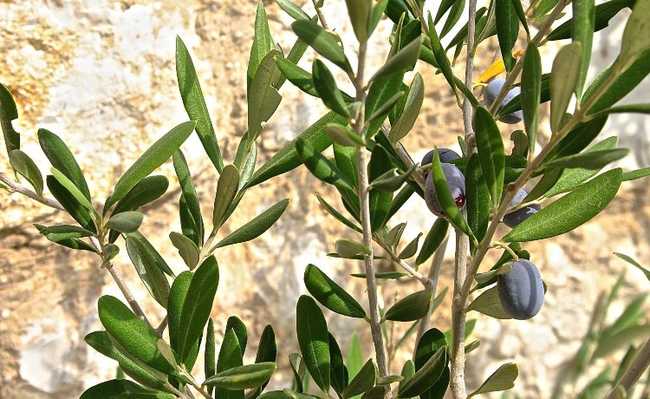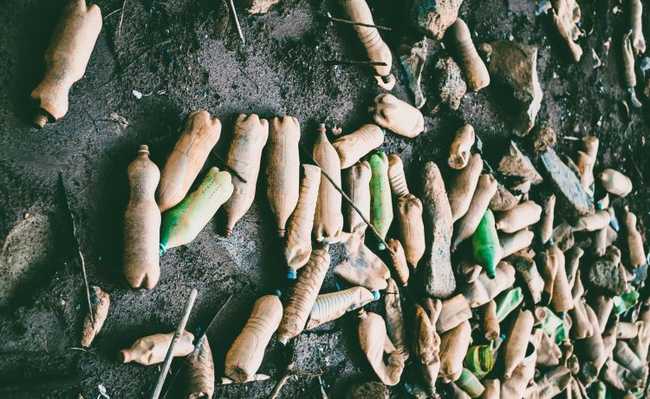What is biocapacity?
Biocapacity is related to ecosystem services, natural resources and the capacity to absorb waste
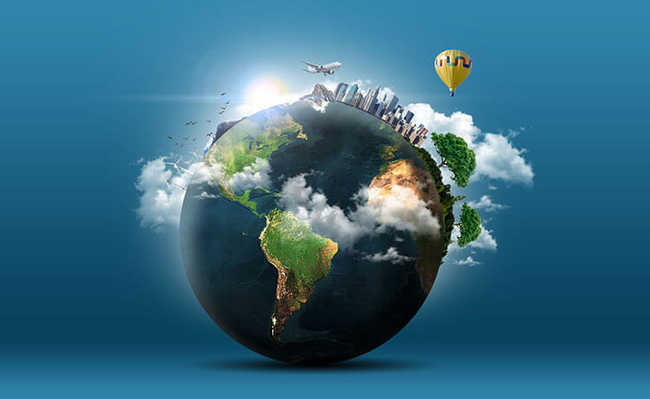
Joseph Redfield image on Pexels
Biocapacity, according to WWF (World Wide Fund for Nature), is the possibility for ecosystems to provide biological matter for human use and absorb waste - generated directly or indirectly - by humanity, using current forms of soil management and extraction technologies.
- What is land use?
Biocapacity takes into account six main production groups that sustain human life on Earth:
- Agricultural production capacity on arable land
- Pasture for the generation of animal products
- Aquatic environments for coastal and continental fishing
- Amount of vegetation capable of absorbing CO2 and providing wood
- Urbanized areas occupying agricultural land
- Area of reservoirs used for hydroelectricity generation
The biocapacity, or biological capacity, of an ecosystem is an estimate of the production of natural resources expressed in global hectares per person; therefore, it depends on the human population.
A global hectare (within the biocapacity concept) is a unit that represents the average biological productivity of all productive hectares on Earth in a given year (because not all hectares produce the same amount of ecosystem services). Biocapacity is calculated from population and land use data, and can be estimated at various regional levels, such as a city, a country or the world as a whole.
In 2008, for example, there were 12 billion hectares of biologically productive land and water on the planet. Dividing the number of people alive that year (6.7 billion) resulted in a biocapacity of 1.8 global hectares per person. But this is assuming that none of the lands are used for other species that consume the same type of biological resource as humans.
Biocapacity is different in each region
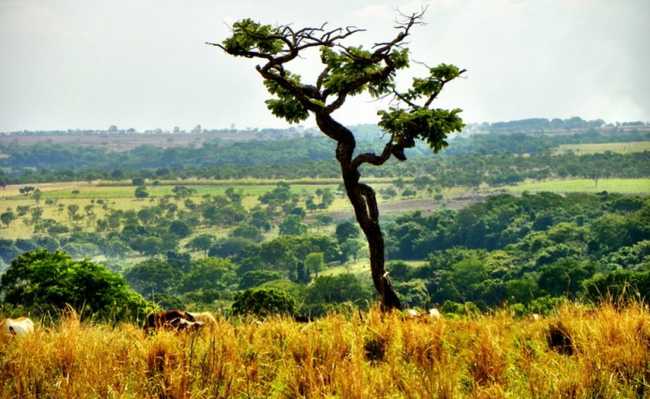
Rosario Xavier image by Pixabay
Biocapacity is related to the demand for land, deforestation and the management of supply and demand for ecological resources. Thus, biocapacity also depends on the availability of ecological resources in each region.
If agricultural land is from a cold climate country, for example, it may be less productive than agricultural land from a warm climate country, which will make each country's biocapacity more or less productive, depending on the type of culture cultivated there and of the climatic conditions (among other factors that affect the use of the land).
Increasing crop productivity, even on smaller land, can increase biocapacity.
Ecological footprint and biocapacity
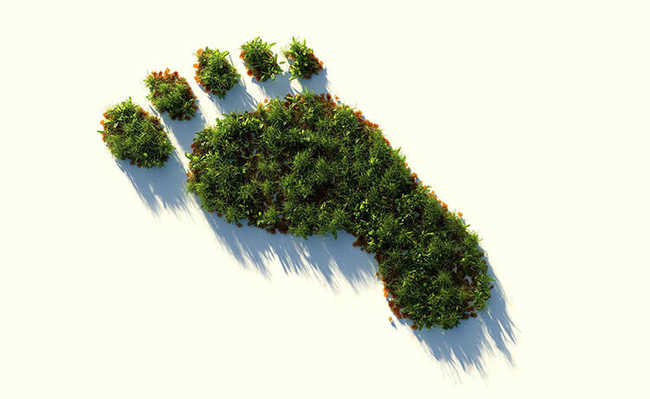
Colin Behrens image by Pixabay
Biocapacity is related to the ecological footprint; both were created by Global Footprint Network and can be used together to measure human impact on the environment.
To better understand the concept of ecological footprint take a look at the article: "What is ecological footprint?"
One deficit The biocapacity of a region or country occurs when the ecological footprint of a population exceeds the biocapacity of the area available to that population.
if there is a deficit of regional or national biocapacity, the region may end up importing biocapacity through trade. However, the deficit global biocapacity cannot be compensated.
Brazil's Biocapacity
According to 2014 data, Brazil is a country with more biocapacity than its ecological footprint. However, the country is not immune to the impacts of its growing ecological footprint, such as intensive land exploitation, deforestation and climate change. In a world of ecological constraints, managing the supply and demand of ecological resources is fundamental to the viability of a nation, state or even a municipality. Ecological footprint and biocapacity accounting helps decision makers, politicians and citizens decide their actions and define a better destiny for the planet as a whole.


